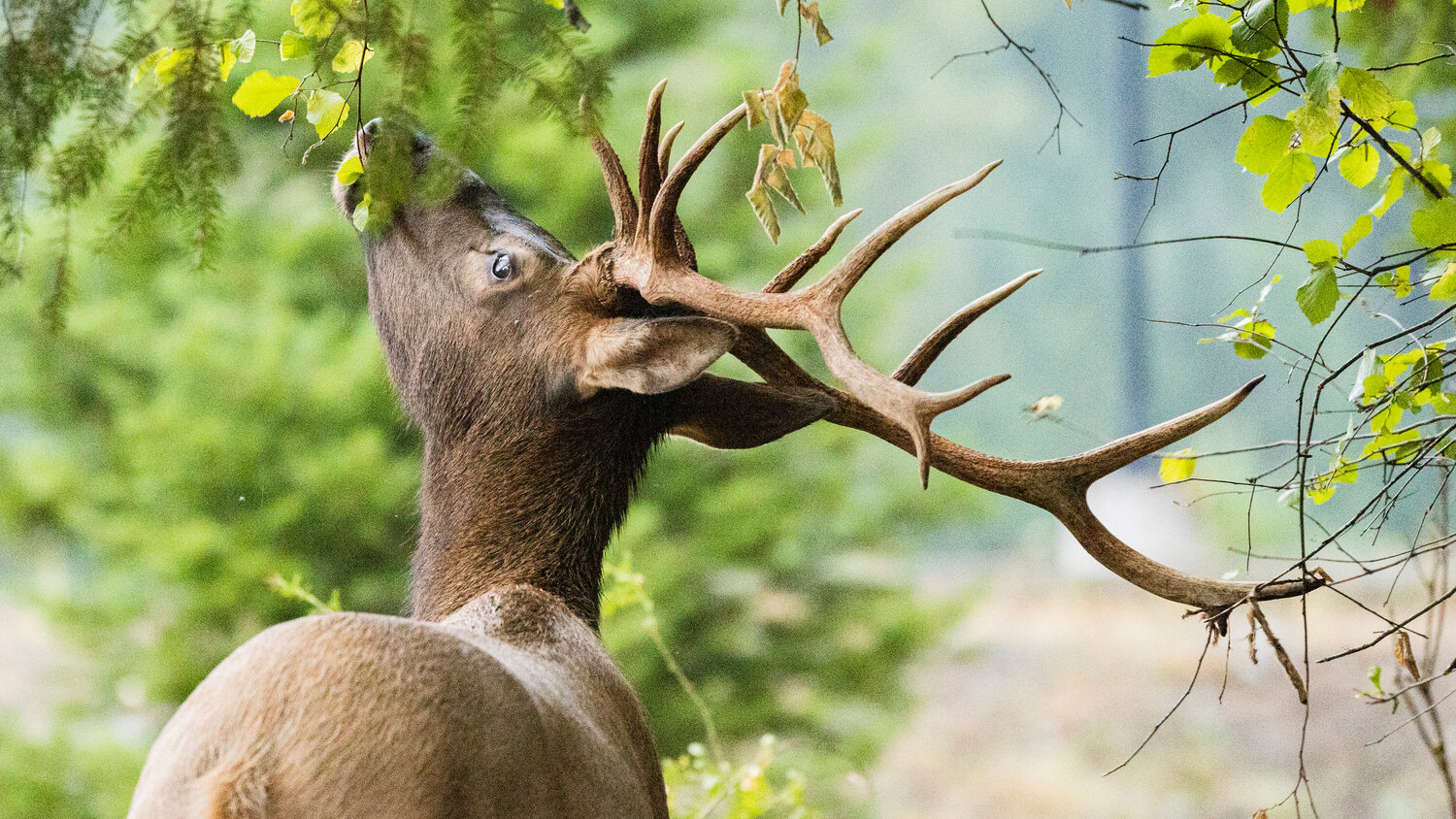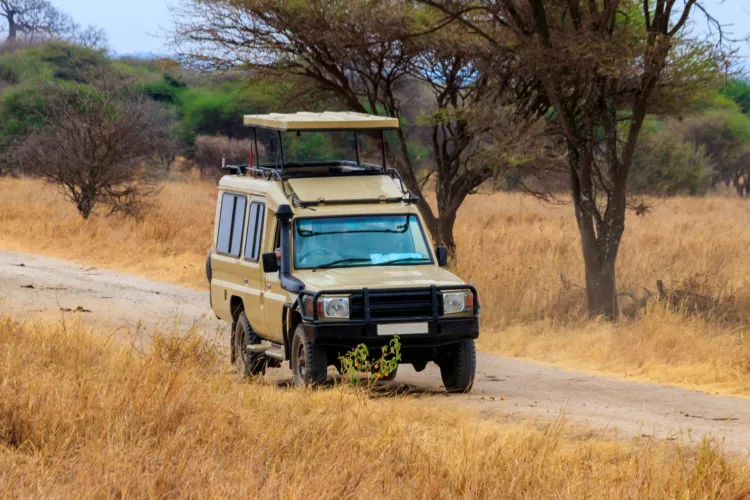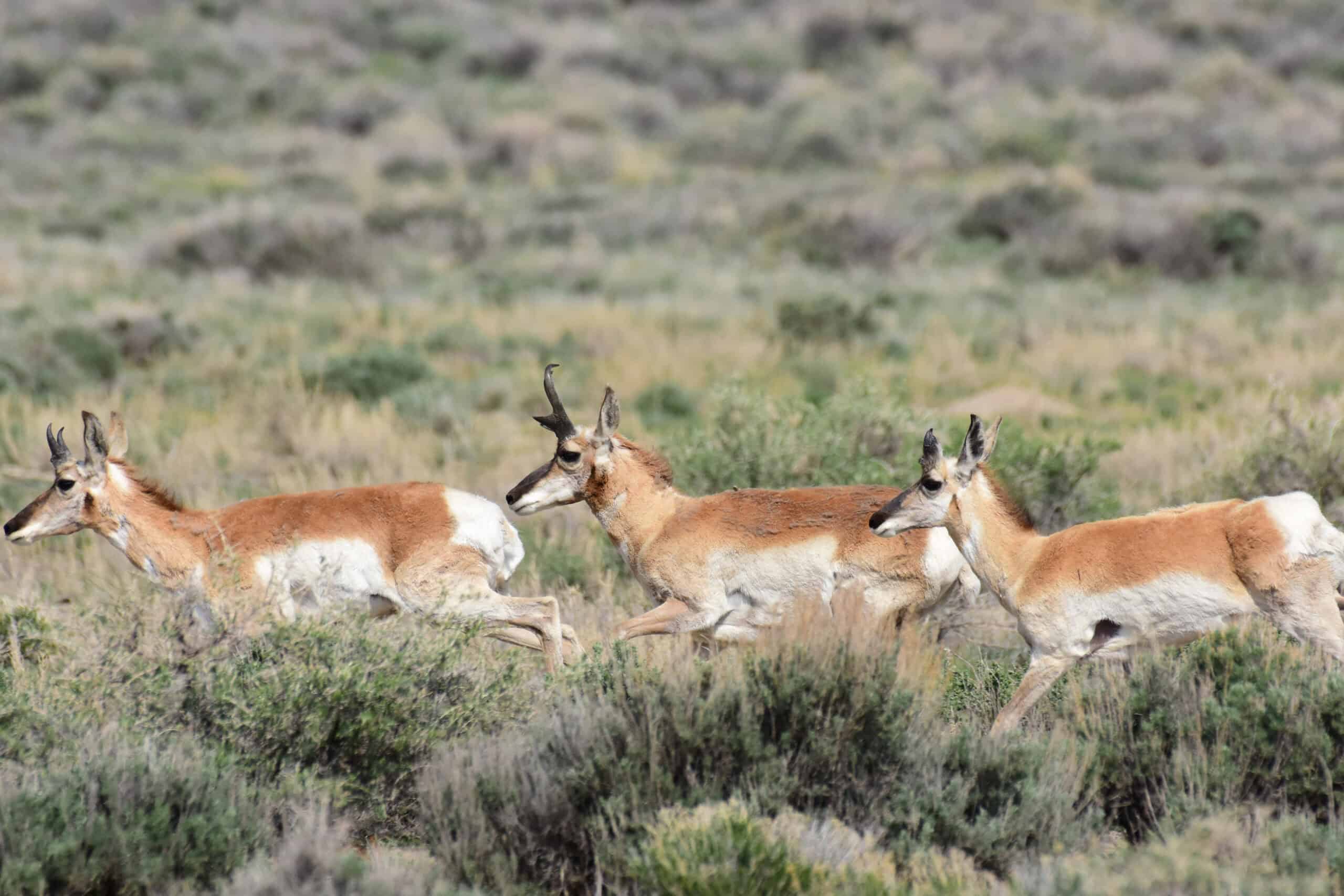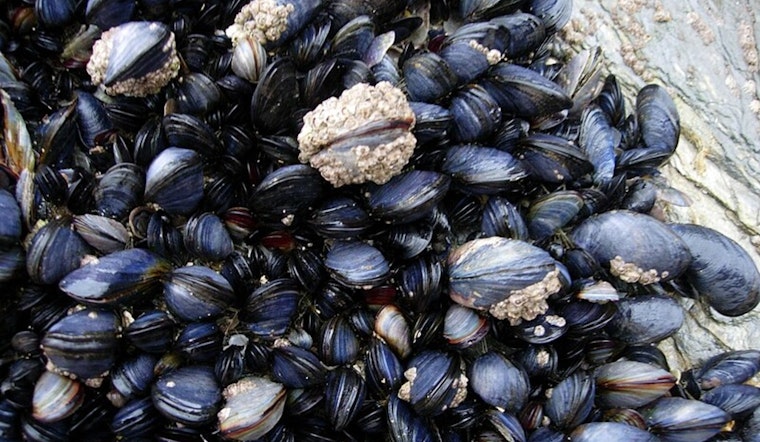On a rainy October morning, a conference room at the state Capitol in Olympia was packed with people sporting camouflage and hunting orange. The mood was tense as the Washington Fish and Wildlife Commission heard nearly four hours of public comment, largely in response to a draft conservation policy released in April.
The three-page document, a distillation of a strategic plan from 2020, enumerates seven guiding principles for Washington’s Department of Fish and Wildlife, the agency responsible for protecting the state’s ecosystems and managing its hunting and fishing. They include “conservation first” — conservation is, by mandate, the department’s primary purpose — the conservation of all species whether rare or common, and an emphasis on partnerships with local and tribal governments.
The 2020 strategic plan, which set similar goals, drew little attention. The draft policy, though, attracted more than 2,200 public comments, mostly negative. At the October meeting, hunters and anglers feared that their activities would be eliminated, despite assurances to the contrary, while tribal representatives expressed concern that treaty rights would be compromised.
Commissioner Steven Parker, a retired biologist who spent his career working for Yakama Nation Fisheries, said he was “frankly astounded” by the opposition’s intensity. To some commissioners, the policy reflects a gradual evolution within the department that’s been underway for over a decade. But its release — and the communication missteps that accompanied it — ignited simmering tensions over exactly what conservation means and what it should accomplish.
In 2020, the Fish and Wildlife Commission worked with tribes and interest groups to create a 26-page strategic plan outlining the wildlife department’s priorities. Previous strategic plans highlighted the work long associated with wildlife departments: maintaining fish and game populations, improving fish hatcheries and expanding hunting access. (Revenue from hunting and fishing licenses and taxes on some outdoor equipment have historically supported state wildlife departments, and still represent about 15% of the Washington department’s budget.) During the lean years after the 2007 economic downturn, plans focused on stabilizing budgets and increasing revenue through recreation access fees and, in 2011, by raising the cost of hunting and fishing licenses. The 2008 strategic plan departed from its predecessors by including climate change; at around the same time, the department became one of the first state wildlife agencies to hire a climate change coordinator.
Nate Pamplin, the department’s executive director of external affairs, said that funding boosts from the state Legislature in 2018 and 2023 enabled it to prioritize goals such as biodiversity conservation and salmon and orca recovery. (Some goals had appeared in previous plans but may have lacked funding; several remain partially funded or unfunded.)
The 2020 plan differs from its predecessors in emphasis and tone. While its introductory pages are careful to acknowledge the department’s ongoing efforts to sustain hunting and fishing opportunities, the remainder focuses on new priorities, including “proactively addressing conservation challenges,” developing and implementing a climate resilience plan and bringing more Washingtonians to the table.
Commission Chair Barbara Baker, an attorney and former chief clerk of the state House of Representatives, suspects that the 2020 plan simply flew under the radar. “I don’t think very many people read the strategic plan,” Baker said during an interview, speaking as an individual and not on behalf of the commission. “It’s a strategic plan. How boring is that?”
The draft conservation policy was another story. After its release, hunters and anglers rallied to ensure that despite their dwindling numbers, they were heard. During the October meeting, some objected to the policy’s definition of conservation: “[preserving] the health and resilience of natural environments including fish, wildlife and humans” while safeguarding “the intrinsic value of nature.” How, they asked, could hunting and fishing coexist with those values?
“The plan is terrible,” Mark Pidgeon, a lifelong hunter who serves on the boards of the Hunters’ Heritage Council and the Washington Waterfowl Association, said in an interview. “It’s a preservation plan, not a conservation plan.”
Opponents see the policy as a departure from the usual wildlife department playbook — one shaped by the North American Model of Wildlife Conservation, which describes practices established in the 1900s. That model, which focuses on species that can be hunted or fished, stipulates that wildlife belongs to the public and is managed by public agencies.
Clare Loebs Davis, president of Washington Wildlife First and a policy supporter, argued that the policy fits “squarely within the North American model,” given its aim to “protect, perpetuate and preserve wildlife.”
“If the commission does not put preserving wildlife first, there is not going to be wildlife left for people to hunt,” she said. “That’s it.”
Supporters also say the policy’s priorities and language simply recognize the reality of today’s environmental pressures. Ron Regan, executive director of the Association of Fish and Wildlife Agencies, said that while “there are certainly states that are trying to contextualize the [North American Model] against the backdrop of climate change … and make it more contemporary,” he expects it to continue to shape wildlife management in the United States. “I don’t know that there’s any kind of national movement among mainstream entities or organizations to do away with it,” he said.
Still, Baker acknowledged that some residents — shaken by recent commission decisions, such as a 2022 vote to end the spring bear hunt — were likely primed to see red flags in the policy. And despite assurances that hunting and angling were protected, the policy’s highlighting of new priorities clearly unsettled sportsmen used to thinking of the wildlife department as “their” department. “They’re scared of what the intent of this document is and what its effects might be,” she said.
Beyond concerns about the policy’s priorities, commenters at the October meeting complained that it was developed too secretively. The commission involves tribes and interest groups early on when drafting formal policies for game or hatchery management. But because this policy was intended as a clarifying addendum to the strategic plan, the commission developed it on its own over several years.
Tribal representatives say they should have been involved from the beginning, given tribes’ treaty right to steward natural resources as governments of equal standing.
“This draft policy falls in an unfortunate pattern of the commission failing to engage with us properly, as co-managers,” said Ed Johnstone (Quinault), chair of the Northwest Indian Fisheries Commission. Arguing that the draft’s ambiguity could “add layers of complexity and confusion” to interactions between the commission and tribes and possibly threaten tribal hunting and fishing rights, he suggested that the commissioners rebrand the document as a statement of values rather than a “policy.”
Since the October meeting, commissioners have continued to talk with concerned parties and have reached out to tribes to revise the policy collaboratively.
“We’re hopeful,” Johnstone said. “I think when we put our collective forces together, we can agree on what those principles, goals and objectives are. Let’s work on it.”
A vote on a revised policy is expected in January 2024.
This story was originally published Dec. 7, 2023, by High Country News. This story is part of High Country News’ Conservation Beyond Boundaries project, funded by the BAND Foundation.
This article by Rebecca Dzombak was published by The Chronicle on 3 January 2004. Lead Image:A bull elk that has shed his velvet gets leaves and twigs caught on his antlers on a rainy evening in Packwood last August.
What you can do
Help to save wildlife by donating as little as $1 – It only takes a minute.







Leave a Reply